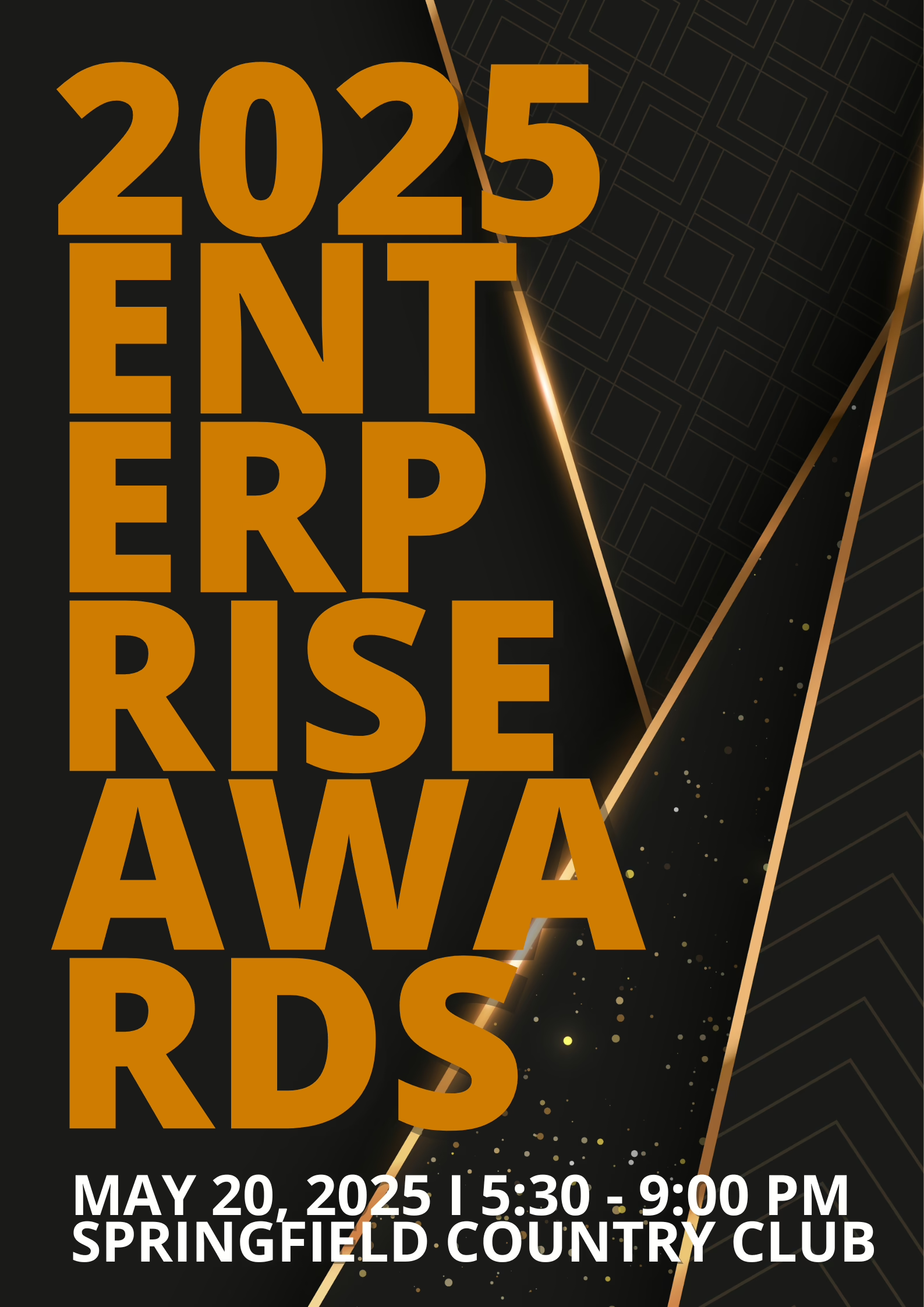Data compliance in the AI age: Opportunities and risks
By Karen Johnston and Paul Johnson
Artificial intelligence (AI) is rapidly transforming industries everywhere, giving organizations a crucial challenge to overcome: how to effectively utilize the capabilities of AI while also upholding strict data compliance standards. This involves handling sensitive data in a manner that aligns with both industry standards and regulatory requirements, as well as implementing strong governance and risk management protocols.
AI systems are getting smarter and more capable every day, and their use is becoming more and more widespread, making the landscape of regulatory requirements and cybersecurity concerns increasingly challenging to navigate.
The rapid development of AI technologies has opened up unparalleled possibilities across the business spectrum. From financial institutions to healthcare organizations, AI offers the potential to transform operations, improve decision-making capabilities and discover new avenues for creating value.
Still, these new opportunities introduce a number of new regulatory and ethical considerations, and accountability is essential. As businesses scramble to bring AI into their offerings, they need to be aware of the intricate network of data protection laws, industry norms and emerging regulations being created specifically for AI.
AI and data compliance today
The incorporation of AI into business operations has transformed the way organizations manage and process their data. This technological advancement has introduced numerous challenges in ensuring data compliance and safeguarding sensitive information. As AI systems become more sophisticated and widespread, new risks and potential vulnerabilities emerge that may not be addressed by traditional data protection frameworks.
Transparency: Lack of clarity into the algorithmic operations of AI systems is one major area of concern, especially with the use of deep learning techniques. “Black box” systems like these can draw upon massive amounts of data to generate decisions or predictions, but they can’t provide clarity on how they reach their conclusions. A lack of explainability can be a challenge for organizations that aim to uphold accountability standards and follow regulations that demand reasoning for automated decision-making.
Bias: Another concern is the possibility of AI systems unintentionally reinforcing or magnifying biases that exist in the data they are trained on. This could result in prejudiced outcomes in various fields, like hiring, lending or criminal justice, which raises significant ethical and legal issues. Organizations must address the challenge of promoting fairness and avoiding discrimination in their AI-driven processes.
Privacy protections: The safeguarding of data privacy is another critical element in AI compliance. Since AI systems typically rely on vast amounts of information to operate, it is essential for organizations to navigate the intricate network of laws and regulations pertaining to the collection, storage and utilization of personal data. This encompasses not only established frameworks like the European Union’s General Data Protection Regulation but also newly emerging regulations specifically targeted at AI.
The regulatory environment: With the rapid development of AI, regulatory frameworks are continuously changing to keep pace with new technologies and applications. This presents an unpredictable situation for businesses, who need to stay updated on evolving requirements and adjust their compliance strategies accordingly. The international scope of many AI implementations further complicates matters, requiring organizations to comply with multiple, sometimes conflicting, regulatory systems.
While facing these obstacles, organizations have a chance to stand out by implementing effective AI governance and compliance measures in the current landscape. This can give them a competitive advantage in industries where trust and dependability hold great importance, by showcasing responsible AI usage and robust data protection protocols. With the emergence of standards and certifications, organizations now have frameworks to evaluate and enhance their compliance with AI.
Developing guidelines and qualifications for adhering to AI regulations
As the field of AI progresses, there are a growing number of standards and certifications being developed to assist businesses in navigating the intricate landscape of data compliance and risk management in AI implementations. These frameworks intend to offer direction, recommended practices and even certification procedures to help ensure responsible deployment of AI systems and compliance with regulatory demands.
1. HITRUST AI Assurance Program
HITRUST is a well-known figure in this field and has recently revealed the launch of its AI Assurance Program. This project expands on HITRUST’s established knowledge in managing information risks and strives to offer a thorough strategy for ensuring AI security and compliance. The program utilizes the HITRUST CSF (Common Security Framework) and integrates specific assurances for AI to tackle the distinctive obstacles presented by artificial intelligence technologies.
The HITRUST AI Assurance Program has been created to provide organizations with a means to showcase their commitment to AI risk management principles using a standardized and well-known method. This is especially beneficial for companies that aim to establish trust with their clients and partners when implementing AI. The program acknowledges the joint responsibilities of AI service providers and the organizations utilizing these technologies, acknowledging that successful risk management in AI demands cooperation throughout the entire ecosystem.
2. ISO/IEC 42001: Artificial Intelligence Management System
The International Organization for Standardization (ISO) and the International Electrotechnical Commission (IEC), two prominent global organizations, have jointly created a standard known as ISO/IEC 42001, which specifically deals with the management of artificial intelligence.
This framework offers recommendations for companies to establish and sustain efficient AI governance systems, covering important elements such as managing risks in AI implementations, ethical considerations in AI decision-making, protecting data privacy and security in AI systems and promoting algorithmic transparency.
ISO/IEC 42001 presents a complete strategy for governing AI, aiding companies in establishing confidence in their AI-driven solutions and showcasing adherence to industry standards.
3. Other standards
Along with the aforementioned initiatives, government bodies and regulatory agencies are also striving to establish standards and guidelines for ensuring compliance in the field of AI. A notable example is the National Institute of Standards and Technology (NIST) in the United States, which has introduced an AI Risk Management Framework. This framework offers guidance on how to identify, evaluate and mitigate potential risks associated with the creation, implementation and utilization of AI systems.
These emerging standards and certifications offer several advantages to the emerging field of AI compliance:
- They serve as a shared terminology and structure for discussing and handling potential risks and compliance concerns related to AI.
- They provide a means for organizations to compare their AI governance methods with established industry standards.
- They can help establish trust and credibility with customers, partners and regulators by showcasing a dedication to responsible AI usage.
- They act as a distinguishing factor In highly competitive industries where the use of AI is on the rise.
As these guidelines develop and progress, companies that actively embrace them and integrate their principles into their AI plans will have an advantage in navigating the intricate world of data compliance in the era of AI.
Important risk management considerations
To successfully manage risks associated with AI systems, a comprehensive approach is necessary to address the specific obstacles presented by these technologies. Companies must take into account various elements to help guarantee that their AI implementations not only meet regulatory standards but also adhere to ethical principles and business goals. These factors include:
- Data governance and quality: The data used for training and decision-making must be carefully managed to help ensure its quality, integrity and appropriateness. To achieve this, it is essential to establish strong data governance practices.
- Model explainability and transparency: As AI systems become more complex, it is increasingly important to ensure transparency in their decision-making processes. Organizations should have the ability to explain how their models reach conclusions and have procedures in place for human oversight and intervention.
- Bias control: The detection and mitigation of biases in AI systems are paramount for ensuring fair and ethical outcomes. Regular bias audits and the use of diverse training datasets can minimize the risk of biased results.
- Privacy and security: The protection of AI systems and the data they process from security threats is of utmost importance. Organizations should prioritize implementing robust cybersecurity measures to prevent unauthorized model manipulation. In addition, developing incident response plans specifically for AI-related security breaches is crucial.
- Ethical considerations: Integrating ethical principles into AI development and deployment is essential for building trust and ensuring responsible use. This involves creating clear guidelines for AI usage within the organization and conducting regular impact assessments for AI projects, particularly those that may have significant societal implications.
Organizations can create a holistic strategy for managing AI risks by addressing these important factors. This approach not only ensures compliance with regulatory obligations but also fosters trust with stakeholders and establishes the organization as a responsible frontrunner in adopting AI.
The importance of third-party evaluations and certifications
As companies face the challenges of ensuring AI compliance, third-party evaluations and certifications are becoming increasingly important in verifying and showcasing responsible AI approaches. These independent assessments serve as an unbiased gauge of an organization’s ability to govern and manage AI risks, providing confidence to stakeholders and potentially setting them apart in competitive industries.
There are various advantages to obtaining third-party evaluations and certifications for the compliance of AI, such as:
- Increased trustworthiness: Validation from reputable authorities can enhance stakeholder trust in an organization’s use of AI.
- Competitive edge: Certifications can set a company apart in markets where AI adoption is rapidly growing and customers are seeking reassurance of responsible implementation.
- Risk management: The evaluation process itself can aid in identifying potential weaknesses or compliance gaps, allowing organizations to proactively address any issues.
- Simplified compliance: Adhering to established frameworks can assist organizations in meeting multiple regulatory requirements more effectively.
- Continuous enhancement: Regular evaluations promote ongoing improvement of AI governance practices and help ensure organizations stay up to date with evolving best practices.
It is worth noting that relying solely on third-party evaluations and certifications is not a guaranteed solution for ensuring AI compliance. Instead, organizations should consider incorporating them as one aspect of a comprehensive and all-encompassing strategy for responsible AI governance.
When seeking these certifications, there are certain factors that should be taken into account:
- Defining the scope: It is essential to have a clear definition of the scope of the assessment to ensure that all relevant aspects of your AI implementations are covered.
- Allocating resources: Adequate time and resources must be allocated in preparation for a comprehensive assessment process.
- Continuous maintenance: It should be acknowledged that maintaining certifications requires continuous effort and periodic reassessments.
- Supplementary approaches: Certifications should be used in conjunction with other governance measures such as internal audits, ethical review boards and stakeholder engagement initiatives.
- Industry relevance: It is important to consider which certifications or assessments are most relevant and recognized within your specific industry or target markets.
With the advancement of AI compliance, we can anticipate the rise of more customized and intricate evaluation structures. Companies that actively participate in these initiatives and aid in their advancement will be in a favorable position to navigate the changing terrain of AI management and establish credibility with their stakeholders.
Innovation in responsible AI use
It is evident that the merging of AI and data compliance will undergo constant change. There will be advancements in technologies, shifts in regulatory frameworks and evolving societal standards for the ethical implementation of AI. In this ever-changing landscape, organizations must strive to not only meet compliance standards but also act as responsible custodians of AI technology.
In order to move ahead, it is crucial to find equilibrium between being innovative and being careful, between utilizing the revolutionary capabilities of AI and protecting against its potential dangers. Companies that can achieve this balance by embracing responsible and innovative AI practices while also maintaining strong compliance measures will be in a favorable position to excel in the AI-driven future.
In the end, the objective is not only to evade regulatory obstacles or minimize potential hazards, but to utilize AI in manners that generate real worth for companies, clients and the community as a whole. By integrating ethical considerations and adherence to best practices into all phases of AI development and implementation, companies can establish trust, foster innovation and aid in the responsible progress of this revolutionary technology.
Learn how you can get connected to companies, thought leaders, and business networking.
Learn about PACT Membership and see upcoming events for investors and entrepreneurs in technology, healthcare, and life sciences. Plus – get on PACT’s newsletter to stay connected with the latest resources!






